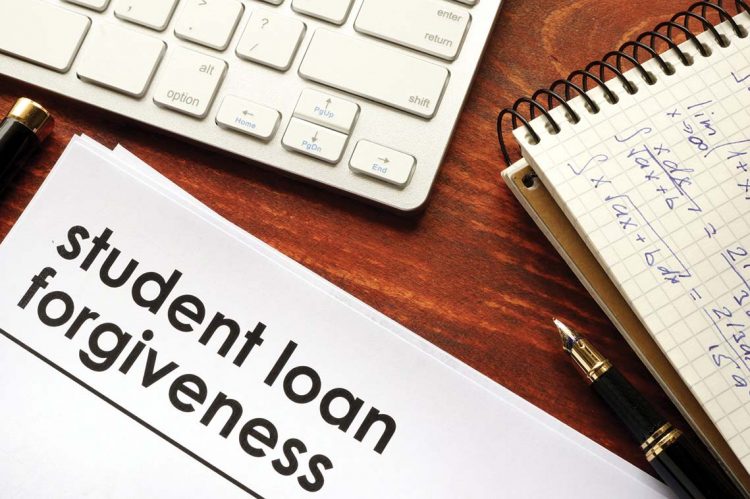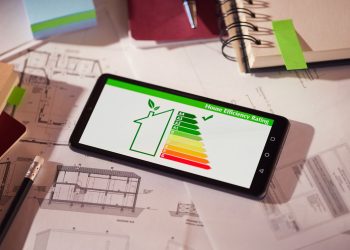A new study from the National Association of REALTORS® (NAR) shows that student loan debt is delaying 60% of non-homeowning millennials from purchasing their first homes. The survey further demonstrates that 51% of all holders of student loan debt have had home-purchase delays because of it. Overall, the Federal Reserve estimates that Americans have a total of $1.73 trillion in student loan debt.
Congress and the White House are looking for ways to solve what many are calling a full-blown crisis. There is no shortage of potential solutions being discussed.
Public-Private Partnerships
According to the survey, 59% of borrowers said that student loan debt repayment would affect their decision to take a job or not. Given the uneven labor market and issues with attracting and retaining talent, some employers are taking advantage of a lesser-known public-private partnership provision in the Coronavirus Aid, Relief and Economic Security (CARES) Act.
The act, passed in March 2020, allows employers to pay up to $5,250 toward student loans for their employees. The employees would in turn not owe federal taxes on the debt payments. The provision has subsequently been extended through 2025.
Loan Forgiveness
One of the hottest points of debate concerns student loan debt forgiveness. Advocates argue that broad student loan debt forgiveness is the only real solution for a crisis that is hammering potential homebuyers. Those opposed to student loan debt forgiveness point to the proposal’s high cost and generations of students who paid their debt and were not offered loan forgiveness.
Progressive advocates and some Congressional Democrats have pushed the administration to cancel anywhere from $50,000 to $100,000 for borrowers. The White House hasn’t yet acted, but is rumored to support no more than $10,000 in relief.
Education and Other Reforms
While not dealing with the debt crisis explicitly, some have argued for further borrower education, including counseling and discussions about the necessity of secondary education along with the true costs of a college education coupled with the future earning potential of some degrees.
The Department of Education has also taken steps to curtail student debt issues, including temporary reforms to the Public Service Loan Forgiveness Program. They have also created a working group that will evaluate and recommend potential solutions, such as programs that would help borrowers with disabilities, borrowers who were defrauded by for-profit colleges and changes to arbitration agreements.
What’s Next
As Congress finishes its work on infrastructure investments, it will begin to look at other areas of reform. NAR will continue to raise awareness about the importance of financial education for borrowers, improving opportunities to refinance student debt, supporting businesses that offer student debt forgiveness through tax breaks and supporting the elimination of taxes for borrowers whose debt is paid by an employer. For more information, visit www.nar.realtor/student-loan-debt.
 Matthew Emery is a senior policy representative, Financial Services, for the National Association of REALTORS®.
Matthew Emery is a senior policy representative, Financial Services, for the National Association of REALTORS®.












The federal government does not need to take any action. They are already spending plenty of money that we do not have. The only folks who need to take action are those former students who still owe on the loans they received and agreed to. That is the action needed.